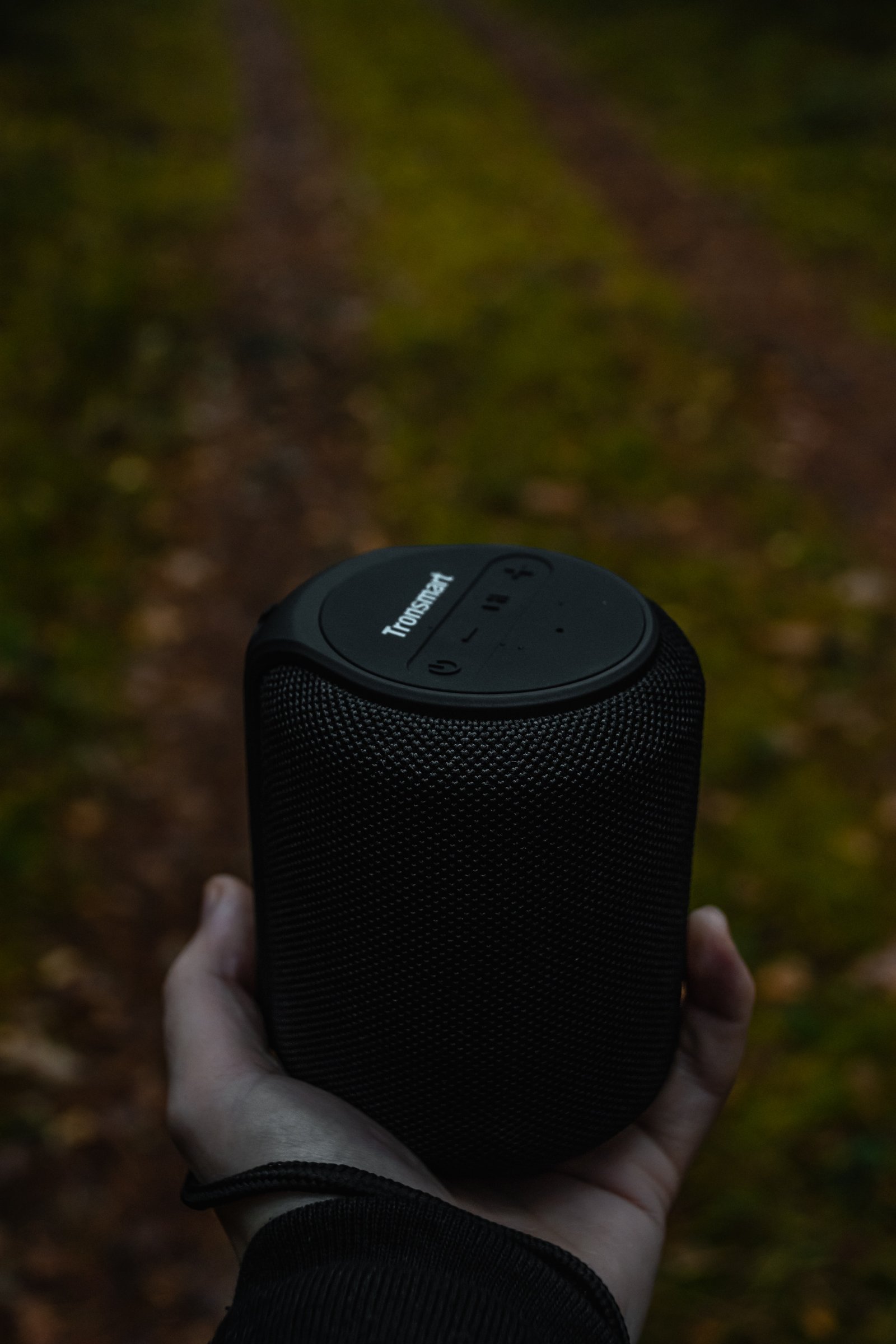Bluetooth 5 is bold and trending. Since its discovery, it has triggered a new wave of excitement for Bluetooth developers due to a plethora of devices that can be controlled from smartphones. Now, as all of us are aware of the big launch, let us have a look at the myths about Bluetooth 5. But before that let us find out what is Bluetooth 5.
What is Bluetooth 5.0?
Bluetooth 5.0 is the most recent version of the Bluetooth wireless communication standard. It is generally used for wireless headphones and other audio hardware, and wireless keyboard, game controllers, and mice. Bluetooth is also used for communication purpose between different smart home and Internet of Things (IoT) devices.
The new version of Bluetooth standard means different enhancements, but only when utilized with different compatible peripherals. In simple words, you will not see any instant benefit from upgrading to a phone with Bluetooth 5.0 if all Bluetooth accessories were designed for an old style of Bluetooth. Bluetooth is backward compatible; however, you can continue using your current Bluetooth 4.2 and old devices along with a Bluetooth 5.0 phone. And, when you purchase a new Bluetooth 5.0-enabled peripherals, they will work in a much better way. Thanks to the Bluetooth 5.0 phone. So, this was all about Bluetooth. Now, let us see the myths about Bluetooth 5.
Bluetooth 5.0 comes with a cool new feature that permits you to play audio on two connected devices at the same time. In simple words, you could have two pairs of wireless headphones that are connected to your phone, and stream audio to both at a time, all through standard Bluetooth. Or you could play audio on two separate speakers in two different rooms. You can also stream two different audio sources to two distinct audio devices at the same time, so two people can listen to two different music from the same phone. This feature is known as “Dual Audio.”
Myths about Bluetooth 5
Bluetooth 5 is not backward compatible with leftover Bluetooth devices
The beauty of Bluetooth 5 is that it is totally backward compatible with Bluetooth 4.0, 4.1, and 4.2 gadgets. Another added advantage is that you can apply all the important features of bequest Bluetooth core requirements to Bluetooth 5. For instance, you can make use of the data-length extensions from Bluetooth 4.2 in combination with the high speed of Bluetooth 5 to influence an optimal feature set for your design.

Bluetooth 5 has a high speed and a long-range
One of the biggest myths about Bluetooth 5 is the idea that its users can operate at 2 Mb/s with an extended range, which is not true. The long-range and high-speed features are at two opposite ends of a spectrum: You must decide on whether data range or range is most significant because a device cannot operate in two different modes at a time. For example, to attain the maximum range, you must sacrifice the data rate, which decreases to 125 kb/s.
Bluetooth 5 long range is attained by maximizing the output power of the radio
A big benefit of long-range models is that there is no rise in power consumption. By utilizing coded physical layers, receiver sensitivity enhances while maintaining a similar transmit (TX) and receive current (RX) as Bluetooth 4.0. 4.1, and 4.2. Bluetooth 5 utilizes a forward error connection to grow the payload data bits 1 to 2 or 1 to 4 at data rates of 500 kb/s or 125 kb/s individually. Now, the receiver can readily differentiate between noise and signal.
Bluetooth 5 includes Bluetooth Low Energy grid
Numerous Bluetooth speaker developers were keenly awaiting the ratification of BLE mesh with the Bluetooth 5. To many people’s surprise, BLE mesh was independently released, and after the announcement of Bluetooth 5. This is a subtle yet important fact- BLE mesh is outside the core Bluetooth specification. This signifies that you can use mesh in combination with Bluetooth 4.0, 4.1, 4.2, or 5.
Bluetooth 5 enhances coexistence with different Wi-Fi gadgets
Bluetooth 5 was marketed as enhancing interoperability and wireless coexistence, a statement that can be misunderstood easily in the form of improved coexistence with a Wi-Fi gadget. The real enhancement in coexistence is with the other close by BLE devices. The random frequency-hopping plan of Bluetooth 5 lessens the chances of a nearby BLE device transmitting on a similar radio frequency channel at the same point of time, therefore raising the whole robustness of every connection.
When in high-speed mode, the time between packets is quicker
Another misconception regarding Bluetooth 5 is that the high speed is in terms of speed between the packets. The speed is related to link speed. Historically, BLE was covered at a data rate of 1-Mb/s, which with Bluetooth 5 gets doubled to 2 Mb/s. This signifies that it takes half of the time to transfer data packets while retaining the same time interval between the packets.
With Bluetooth 5, a 2-Mb/s connection has the same range as 1 Mb/s
While operating at 2 Mb/s with Bluetooth 5, there is a loss in sensitivity when compared to 1 Mb/s. The high data rate yields a shorter range compared to 1 Mb/s. But the small range loss is counteracted by enhanced radio architectures since the invention of the first BLE devices. When compared to Bluetooth 4.0 radio, a Bluetooth 5.0 radio at 2 Mb/s will notice a big advantage in application throughout when positioned in the same distance apart.
Bluetooth 5 devices can connect directly in 2 Mb/s mode
This is one of the popular myths about Bluetooth 5. Two Bluetooth devices must at first establish a connection at 1 Mb/s and then can change to 2-Mb/s mode. This compromise tactic between the devices is as same as Bluetooth 4.2 data length extension feature discussed earlier. The feature negotiation provides you the flexibility to change data rates dynamically depending on your application requirements and ensures interoperability with BLE tools that do not favor the high-speed feature.

Bluetooth 5 long-range connection must be created at a short-range
What an important restriction this would be if it were true. Luckily, with the specification of Bluetooth 5, a device can initiate and connect a wide range through an advertising extension. Unloading the advertising channels and utilizing the data channels creates a more effective connection at a long-range and helps substantial application advantages where coverage is important.
A long-range tool can communicate with a smartphone that does not support Bluetooth 5
Here is another crucial myth about Bluetooth 5. To use the feature of Bluetooth 5’s long-range and high speed, both the peripheral and central must include support of Bluetooth 5. To show, for a sensor node to connect with a smartphone at a long-range, the smartphone and sensor node must support Bluetooth 5 coded PHY’s.
BLE is just for body area network apps
Saving the biggest topic for discussing last, let us explain the limit of BLE applications. After the outset, BLE swiftly chose a stereotype as a personal area network technology with an app emphasis on fitness trackers and wearables. With the launch of Bluetooth 5, these boundaries are breaking as the technology expands to a home, factory, retail, and automotive apps. The expectation of a single-room coverage is changing fast; now whole-home connections are possible.
Bluetooth 5 is promoting the growth of connected things, vehicles, and places. From industrial sensors to remote keyless entry for cars, BLE is penetrating innovative and new spaces.

